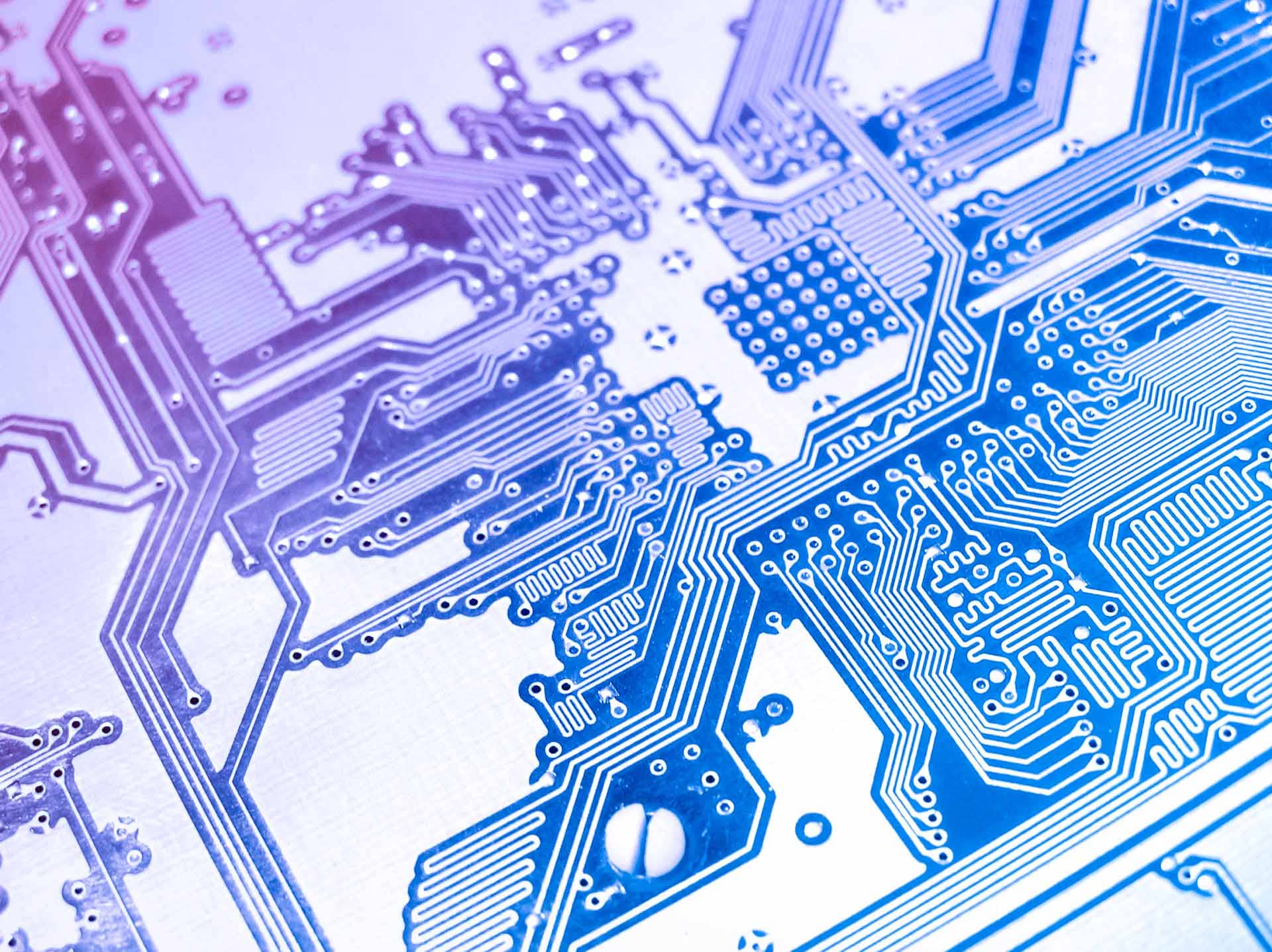Field Programmable Gate Arrays (FPGAs) are integrated circuits that can be programmed and reprogrammed by a user to perform any digital logic function. The term “field-programmable” indicates that the FPGA’s abilities are adjustable and not hardwired by the manufacturer like other ICs. FPGAs are used in a wide range of applications, including prototype verification, communication, automotive electronics, industrial control, aerospace, data centers, and more.
FPGAs are built on adaptive hardware, which has the unique ability to be modified after manufacture. Arrays of hardware blocks, each configurable, can be connected as needed, allowing highly efficient, domain-specific architectures to be built for any application. This hardware adaptability is a unique differentiator from CPUs and GPUs. CPUs are highly flexible, but their underlying hardware is fixed. Once a CPU is manufactured the hardware cannot be changed. It relies on software to tell it which specific operation (arithmetic function) to perform, on which data in memory. The hardware must be capable of performing all possible operations, which are called using software instructions and can generally only execute one instruction at a time. FPGAs in contrast can process massive amounts of data in parallel.

FPGAs have been typically thought of as devices only hardware engineers can program. However, modern unified software platforms that plug into common development tools have made the process of programming FPGAs more accessible. Indeed, software developers can also learn how to program FPGAs.
The fundamental functionality of FPGA technology is built on adaptive hardware, which has the unique ability to be modified after manufacture. Arrays of hardware blocks, each configurable, can be connected as needed, allowing highly efficient, domain-specific architectures to be built for any application. The FPGA configuration is generally specified using a hardware description language (HDL), similar to that used for an application-specific integrated circuit (ASIC).
FPGAs have several advantages over ASICs:
- Flexibility: FPGAs can execute any logic function that ASICs can execute by programming them. The unique advantage of FPGAs is their flexibility; they can change chip functionality at any time.
- Shorter time-to-market: FPGA solutions do not require waiting for three months to a year for chip fabrication.
- Cost-effectiveness: FPGA solutions have lower costs than ASICs when usage is small.
FPGA technology has been around since 1985 when Xilinx introduced the first FPGA product XC2064. Since then, its capacity has increased by over ten thousand times while its speed has increased by over one hundred times. The global FPGA market size was 6.3 billion in 2019 and is expected to reach 12.5 billion by 2025. Asia-Pacific is the main market for FPGAs with China’s FPGA market size being approximately ¥10 billion ($1.6 billion).
Share to your social below!

For most up-to-date information you have to visit world-wide-web and on web I found this website as a best web page
for latest updates.
Also visit my website … vpn coupon code 2024
At this time it appears like Expression Engine is the best blogging
platform out there right now. (from what I’ve read) Is that what
you are using on your blog?
Also visit my web blog … vpn special code
Hi superb website! Does running a blog such as this require a great deal of work?
I have virtually no understanding of computer
programming but I had been hoping to start my own blog soon. Anyways, if you have any suggestions or tips for new blog owners please share.
I understand this is off subject however I simply wanted facebook vs eharmony to find love online ask.
Thank you!
I don’t even know how I finished up here, however I assumed this post used to be good.
I do not realize who you are but certainly you are going to
a well-known blogger should you are not already. Cheers!
my web blog … eharmony special coupon code 2024
Hey there! Do you use Twitter? I’d like to follow you if that would
be ok. I’m undoubtedly enjoying your blog and look forward to new posts.
Review my blog :: nordvpn special coupon code 2024